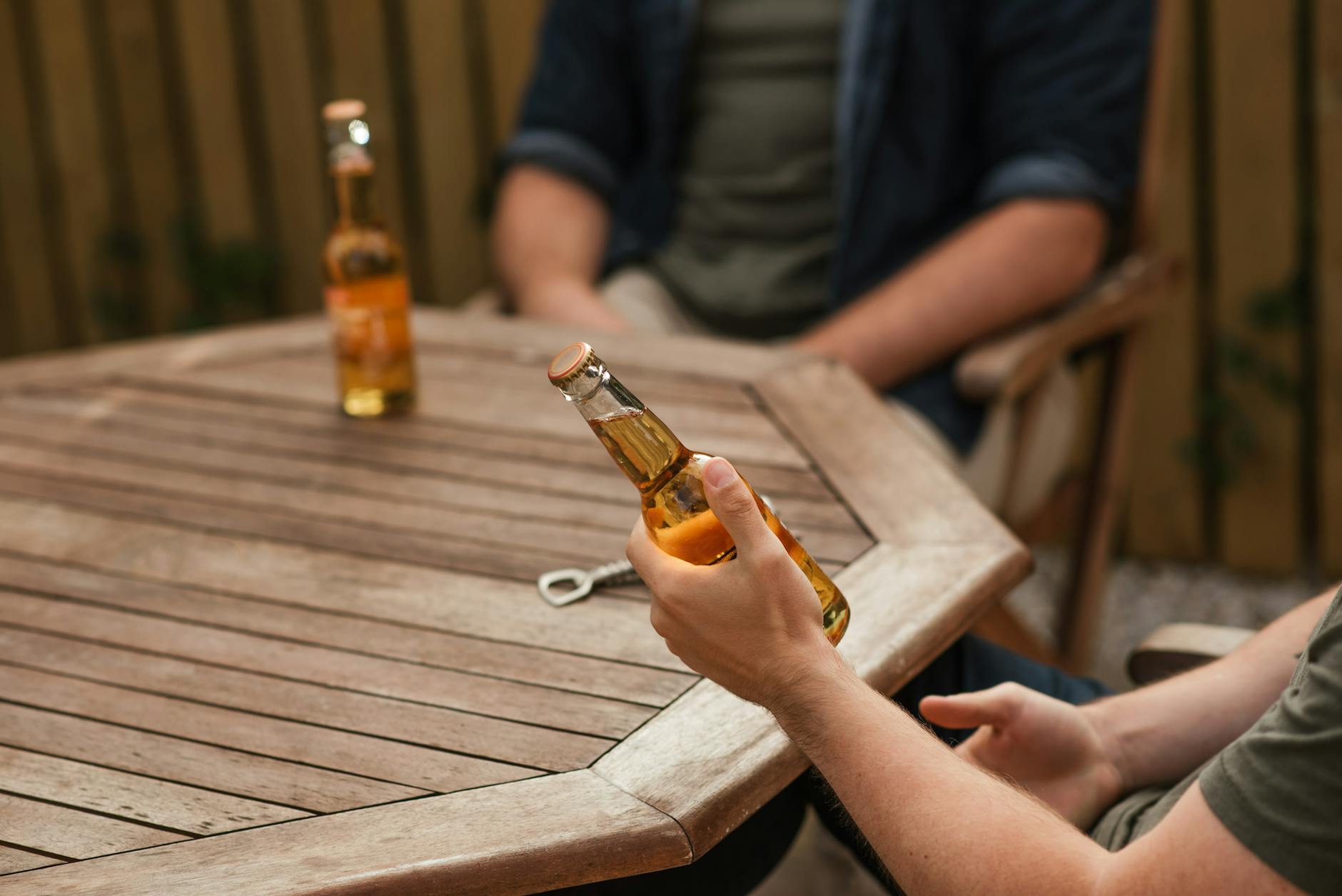Discover how understanding your personal alcohol tolerance can help you enjoy your favorite beers without going overboard. Unlock the secrets!
Table of Contents
Beer Math: Calculating Your Personal Alcohol Tolerance
Have you ever wondered how many beers it takes for you to get drunk? The answer can vary greatly from person to person based on a variety of factors. In this blog post, we will delve into the science behind alcohol intoxication and explore the factors that influence how alcohol affects individuals differently. Let’s break down the numbers and calculate your personal alcohol tolerance.
Understanding Alcohol Metabolism
Alcohol metabolism is a complex process that begins as soon as you take your first sip. When you drink a beer, the alcohol is absorbed into your bloodstream through the walls of your stomach and small intestine. From there, it travels to your liver, where it is broken down and eliminated from your body.
Your blood alcohol concentration (BAC) is a key factor in determining how drunk you feel. BAC is measured as a percentage of alcohol in your blood. The legal limit for driving in most countries is 0.08% BAC, but the effects of alcohol can be felt at lower levels for many individuals.
Factors such as age, gender, weight, and overall health can influence how quickly your body metabolizes alcohol. Younger individuals tend to process alcohol faster than older ones, while women typically have a higher BAC after consuming the same amount of alcohol as men due to differences in body composition.
Individual Tolerance Levels
Alcohol tolerance refers to how well your body can handle the effects of alcohol. Some individuals may have a higher tolerance and require more drinks to feel drunk, while others may feel intoxicated after just one or two beers.
Genetics play a significant role in determining alcohol tolerance, as some people have enzymes that break down alcohol more efficiently than others. Drinking habits, such as frequency and amount of alcohol consumed, can also impact tolerance levels.
To gauge your own alcohol tolerance, pay attention to how you feel after drinking different amounts of alcohol. Start slow and pace yourself to avoid overconsumption. It’s essential to know your limits and drink responsibly to avoid the negative effects of excessive alcohol consumption.
Factors Influencing Intoxication
Several factors can influence how drunk you feel after drinking beer. Eating a meal before drinking can slow down the absorption of alcohol into your bloodstream, while drinking on an empty stomach can lead to faster intoxication.
Hydration levels can also impact how alcohol affects your body. Staying hydrated while drinking can help dilute the alcohol in your system and reduce the risk of dehydration and hangover symptoms.
The rate at which you consume alcohol can significantly impact how drunk you feel. Drinking quickly can lead to a rapid increase in BAC, while spacing out your drinks over time can help you better gauge your level of intoxication.
By understanding these factors and being mindful of your own alcohol tolerance, you can make informed decisions about drinking and ensure a safer and more enjoyable experience. Remember to drink responsibly and know when to stop to avoid the negative consequences of excessive alcohol consumption.
Conclusion
Calculating your personal alcohol tolerance involves a combination of science, self-awareness, and responsible decision-making. By understanding the factors that influence how alcohol affects your body and knowing your limits, you can enjoy drinking beer in a safe and enjoyable manner.
Remember to listen to your body, pace yourself, and prioritize your well-being when consuming alcohol. If you ever feel unsure about your alcohol tolerance or experience negative effects from drinking, seek support from friends, family, or healthcare professionals.
Ultimately, alcohol tolerance is a personal and individualized concept that varies from person to person. By educating yourself and making informed choices, you can navigate the world of alcohol consumption with confidence and responsibility.
How can I calculate my personal alcohol tolerance?
You can calculate your alcohol tolerance by paying attention to how you feel after consuming different amounts of alcohol. Start slow, pace yourself, and know your limits to avoid overconsumption.
What factors influence individual alcohol tolerance levels?
Genetics, age, gender, weight, overall health, drinking habits, hydration levels, and the rate of alcohol consumption all play a role in determining individual alcohol tolerance levels.
How can I drink responsibly and safely manage my alcohol intake?
To drink responsibly, stay hydrated, eat before drinking, pace yourself, know your limits, and seek support if needed. Understanding your alcohol tolerance and making informed choices are key to safe alcohol consumption.
What should I do if I feel unsure about my alcohol tolerance or experience negative effects from drinking?
If you feel unsure about your alcohol tolerance or experience negative effects from drinking, seek support from friends, family, or healthcare professionals. Your well-being is paramount, and it’s essential to prioritize your health when consuming alcohol.


Leave a Reply